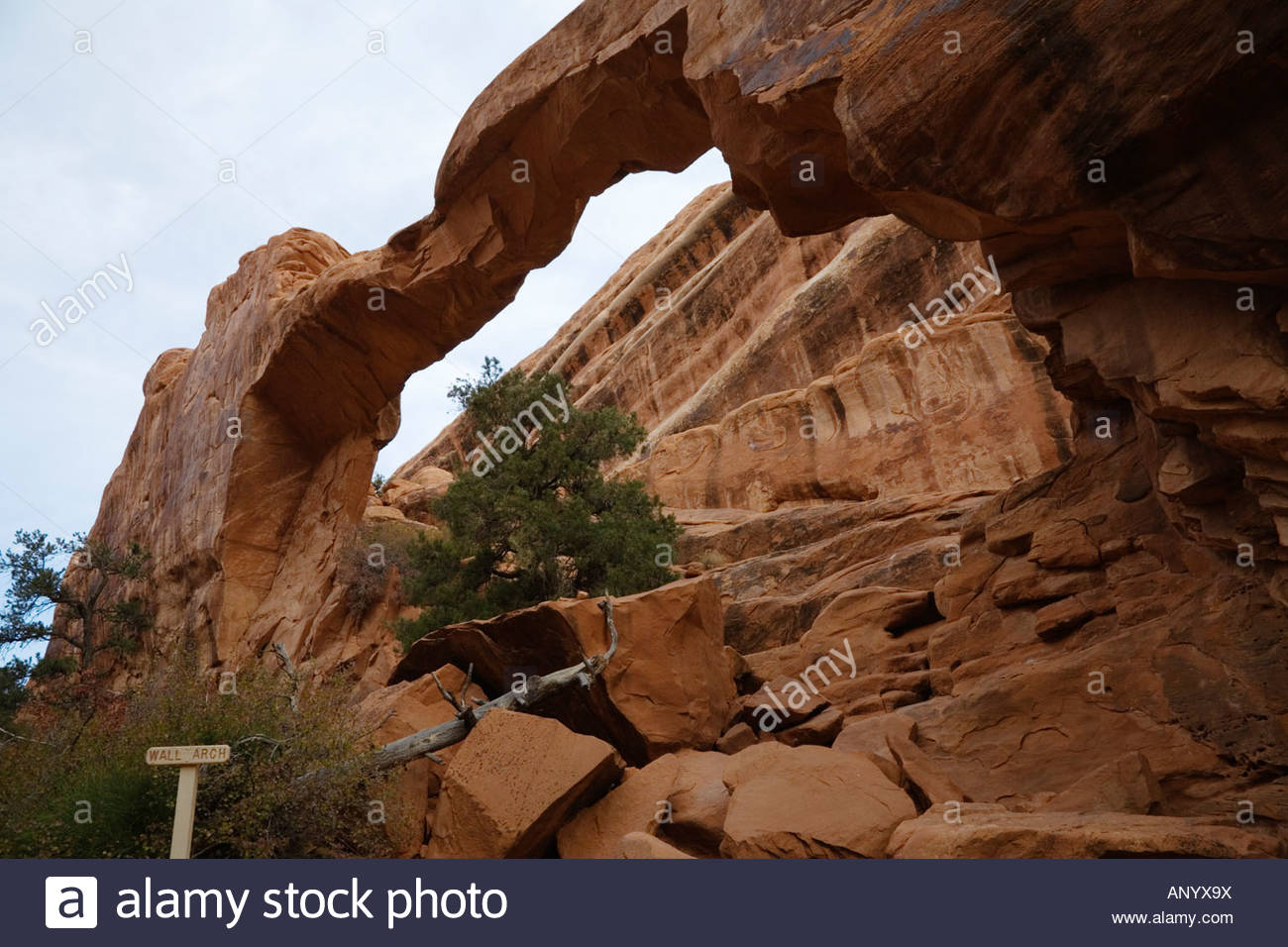


Visit Media to see details.Ī map of southeastern Utah and southwestern Colorado, showing the extent of salt and potash deposits in the Paradox Formation.ĭuring the lower Triassic Period the area of Arches National Park was covered by a shallow, marine sea and the reddish-brown mudstone, sandstone, and siltstone layers of the Moenkopi Formation were deposited. The salt flowing from beneath the thick sediments allowed for a greater accumulation of erosional debris in the troughs, which began to form downfolds, and the ridges began to form salt rolls that later became the cores of salt anticlines. The salt in the troughs was more buoyant than the heavy, thick sediments lying on top of it, which caused the salt to be squeezed into adjoining ridges and ultimately to rise. This accumulation of erosional debris within fault-derived troughs and the special properties of salt are important to the formation of the arches within Arches National Park. The eroded sediments accumulated, particularly within troughs formed by faults. The Uncompahgre Mountains began to rise during the Upper Pennsylvanian Period and elevated the region to the northeast, filling the basin with erosional debris. During this time, limestone and dolomite were deposited instead of salt. Later in the Pennsylvanian Period, the Paradox Basin filled with sediment and the area was connected to an open sea.

Periodically new seawater began to flow into the basin, depositing sequences of shale, dolomite, anhydrite, sodium and potassium salts, and black shale. During the Early Pennsylvanian, the climate changed from a warm, humid environment to a more arid climate resulting in increased evaporation, which concentrated salt in the seawater. During this time, two super continents (Gondwana and Laurasia) collided, causing compression of the land that created a shallow, trough adjacent to the uplift called the Paradox Basin, which was periodically flooded with marine water. The oldest rocks exposed in Arches National Park are within the Pennsylvanian Paradox Formation. A stratigraphic column of the units found within Arches National Park.


 0 kommentar(er)
0 kommentar(er)
